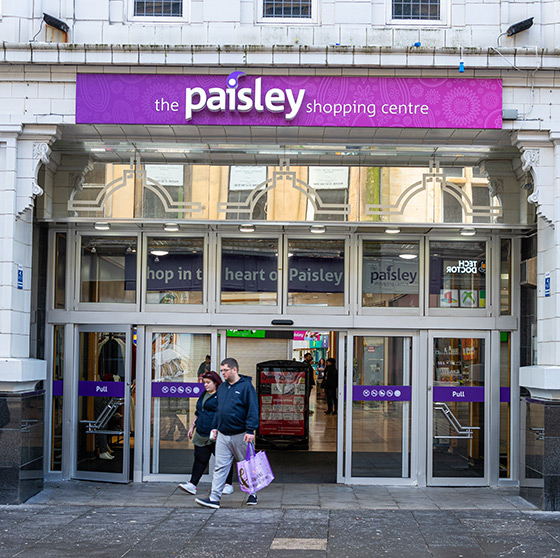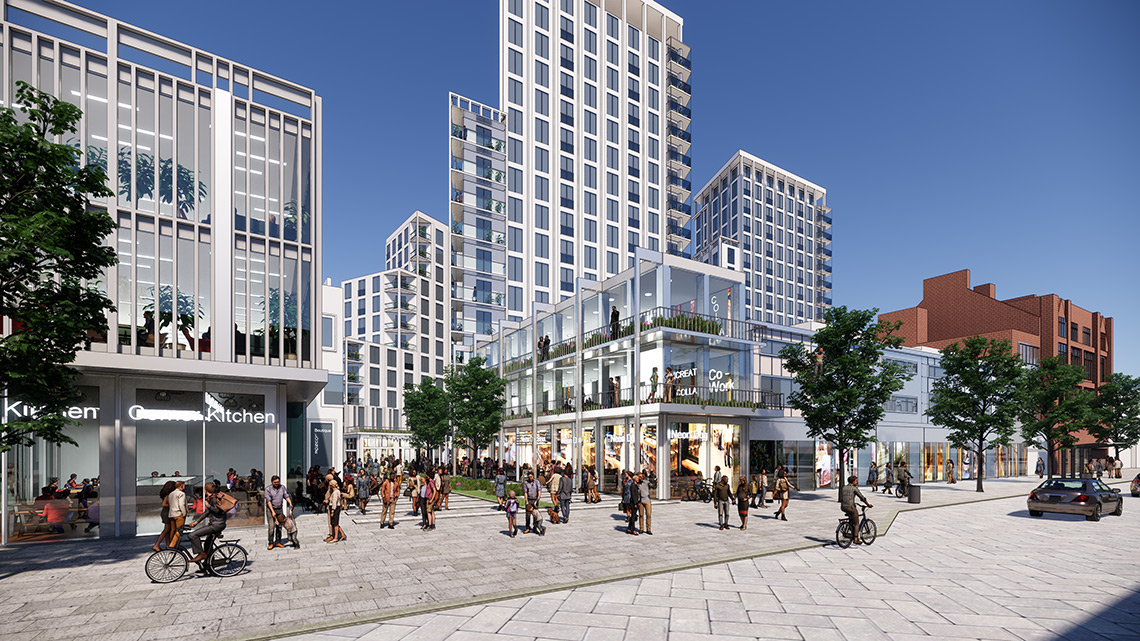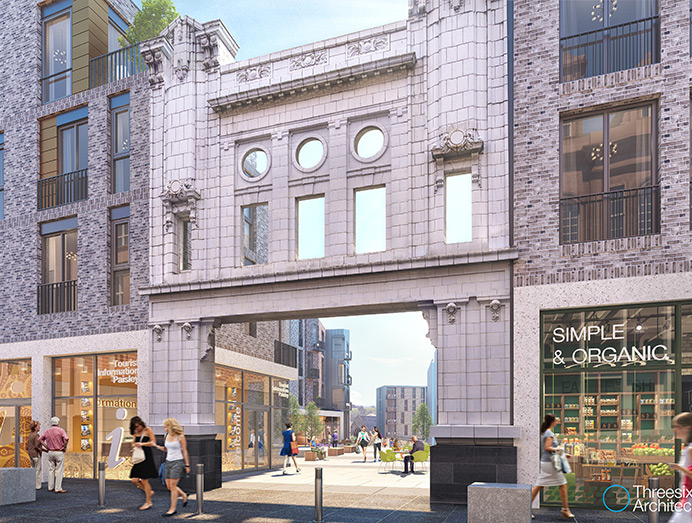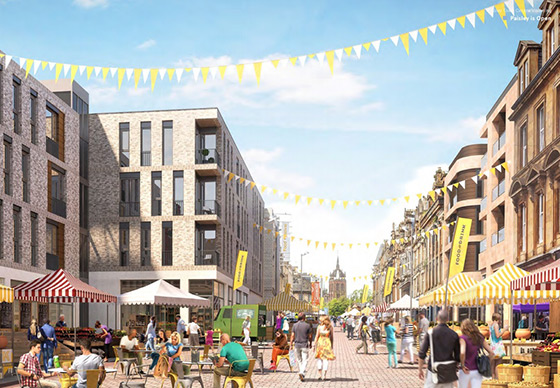Where are we seeing progress?
Ellandi has the benefit of working with both groups. As expert delivery partner a lot of the value we offer our clients, in addition to our asset management and development skills, is through our relationships, brokering and managing partnerships where a misalignment of control and risk can stall progress.

Public Sector tenants and civic amenity
We’re currently working with local authorities to develop bespoke spaces for public sector tenants, like the NHS, libraries and colleges in redundant retail space. These organisations are looking for long leases, provide secure covenants and have their own sources of funding available to invest. This approach creates accessible civic amenity, and is proven to increase footfall and dwell time. It has the added benefit of putting local public sector rent spend back in the pocket of a local public sector landlord. To date we’ve acted as asset manager, but also linked together requirements and objectives to develop a solution that works most effectively for landlords and prospective tenants.
Creating compelling visions
We’re increasingly acting for owners on both sides to create compelling long-term visions for spaces to act as business plans for investment or a prospective buyer. Local authorities can take the view that if an asset can’t perform for the private sector, then they won’t have the expertise to make it perform either. We’re helping private sector owners demonstrate the ‘art of the possible’ and build a purchase case based on what’s right for the town centre and future potential.
In Maidenhead we’ve worked with both receivers and the local authority to build relationships. Having developed a vision and re-purposing business case we managed a vacant possession strategy to enable a sale to a buyer with a long-term interest. The bank were able to fully recover their loan.
In Paisley we’ve created a vision for sale to a developer with the local authority fully supporting and paying in part for the work, alongside Revo and the Scottish government.
At Southampton, a long-term vision has been explored to determine what uses are most relevant to ensure the vibrancy and vitality of the City, informing emerging planning policy and outlining development potential.
Local authorities as enablers
We’re also seeing situations where local authorities want to influence and support local regeneration but aren’t in a position to buy. In these instances we enable conversations between stakeholders and help them structure support through other areas that they can influence – though planning, parking, business rates and incentives. The more viable these spaces come, the more likely they are to become attractive prospects for investors with long-term horizons like institutions.
Public and Private sector partnerships will be necessary to what comes next for our shopping centres and high streets. Each situation will dictate which party is bringing the capital, the expertise or has the greatest motivation for change. However there needs to be a more level expectation of carrying risk and at what price for control on both sides, or neither has a strong proposition to partner.








